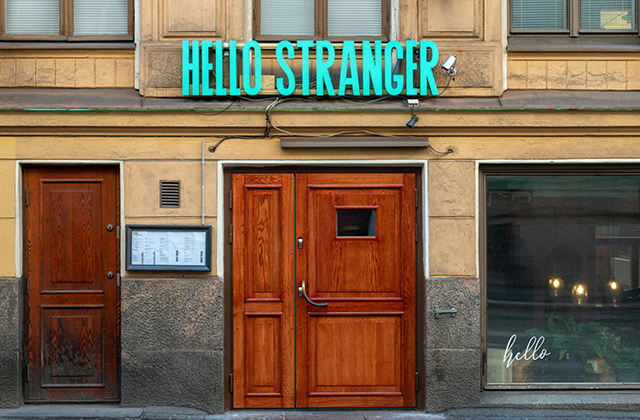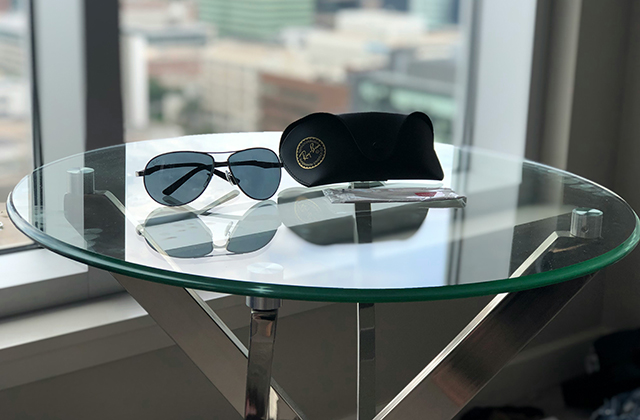From Scheduling to Reporting: How Social Media Agencies Maximize Hootsuite’s Features

In the evolving landscape of digital marketing, social media agencies must operate with speed, precision, and strategy. Managing multiple clients across diverse platforms demands more than creativity — it requires the right tools to maintain consistency, optimize workflows, and measure impact effectively. For many social media agency partners, Hootsuite has emerged as the essential platform to support their daily operations, from content scheduling to advanced reporting.
Whether an agency is supporting startups or managing global brands, Hootsuite offers a centralized solution that enhances collaboration, enforces quality control, and drives measurable outcomes.
Why Hootsuite Is Indispensable for Agencies
Agencies today are accountable for content planning, publication, engagement, crisis management, influencer outreach, and analytics. Doing this across various social platforms for several clients without a unified system leads to inefficiencies and costly mistakes.
Hootsuite solves these challenges by offering:
- Multi-account management: Agencies can manage all client profiles from a single dashboard.
- Role-based team access: Assign specific permissions to writers, editors, and managers.
- Advanced scheduling and publishing tools: Coordinate months of content in advance.
- Real-time monitoring streams: Stay alert to client mentions, hashtags, and emerging trends.
- Comprehensive analytics and reporting: Showcase ROI and optimize campaigns with data.
These features create a clear agency advantage, giving teams structure and visibility across every campaign touchpoint.
Let’s break down how social media agency partners can strategically leverage Hootsuite — with five proven tactics to maximize its features.
1. Build an Editorial Workflow Using the Hootsuite Planner
One of the biggest challenges for agencies is content organization. Without a system, posts get missed, deadlines slip, and strategies become reactive. Hootsuite’s Planner is the backbone for structuring and visualizing content across all platforms and clients.
Using the Planner, agencies can view upcoming posts by date, drag-and-drop content to adjust timelines, and flag items that need approval. Each brand’s calendar can be filtered and managed separately, ensuring no overlap or confusion.
Pro Tip: Encourage your creative and strategy teams to conduct weekly planning sessions within the Planner interface. Assign campaigns, map out themes, and identify gaps to keep every client’s pipeline full and aligned with business goals.
2. Schedule Posts in Bulk to Maximize Efficiency
Time is one of the most valuable resources for agencies. Hootsuite’s bulk scheduling feature allows teams to upload hundreds of posts at once using a simple CSV file. This is especially helpful for evergreen content, product updates, or planned campaigns that span across time zones and platforms.
Bulk scheduling also reduces the risk of human error and allows content creators to focus on real-time engagement and creative ideation.
Pro Tip: Create pre-approved content batches for each client and use bulk scheduling to deploy across the quarter. Align this with campaign calendars and client promotions for optimal reach and consistency.
3. Monitor Brand Health with Hootsuite Streams
For social media agency partners, listening is just as important as publishing. Hootsuite Streams enable real-time monitoring of keywords, hashtags, brand mentions, competitor content, and more. Each stream is customizable and can be tailored per client.
This feature helps agencies stay on top of reputation management, customer feedback, influencer interactions, and relevant trends. By actively listening, teams can provide timely responses, prevent potential PR issues, and even uncover new content ideas or engagement opportunities.
Pro Tip: Set up a dedicated “Listening Dashboard” for each client. Include streams for brand name variations, competitor activity, and industry-relevant hashtags. Review these daily as part of your engagement workflow.
4. Standardize Content Approval with Built-In Workflows
Consistency and brand safety are top priorities for agencies managing multiple voices and client expectations. Hootsuite’s approval workflows let you build custom stages where posts must pass through internal review before publishing.
Writers can draft content, which is then sent to editors or account managers for review and approval. This process ensures tone, compliance, and accuracy — all while saving time and reducing last-minute changes.
Pro Tip: Design approval workflows by team structure. For example, junior team members submit drafts, senior strategists approve, and clients receive final previews. Use Hootsuite’s notifications to keep everyone on track without relying on external spreadsheets or email threads.
5. Leverage Analytics to Prove ROI and Drive Strategy
Clients want more than reach and impressions — they want results. Hootsuite Analytics offers in-depth reports that track platform performance, audience behavior, campaign outcomes, and conversion data. These reports can be customized, branded, and scheduled for automatic delivery.
More importantly, analytics give agencies insight into what’s working and what’s not. This allows for timely adjustments and strategic recommendations backed by hard data.
Pro Tip: Create a reporting template that highlights platform performance, content types, engagement trends, and actionable insights. Use these reports not only for accountability but also to guide quarterly planning and client pitches.
The Strategic Value for Social Media Agency Partners
Using Hootsuite is more than a tactical move — it’s a strategic decision. In a competitive market, agencies that operate with clarity, consistency, and agility have a distinct advantage. Hootsuite provides the infrastructure to support that.
For social media agency partners, the platform offers:
- Operational scalability: Manage more clients without sacrificing quality.
- Brand protection: Enforce consistent tone, message, and review standards.
- Team efficiency: Cut down on redundant work through automation and role-based access.
- Client satisfaction: Deliver timely content, responsive engagement, and transparent reporting.
This combination enables agencies to not just meet expectations, but consistently exceed them.
Choosing the Right Hootsuite Plan
While Hootsuite offers plans for individuals and small teams, social media agency partners benefit most from the Team, Business, or Enterprise tiers. These plans unlock critical features like multiple user access, advanced permissions, detailed analytics, and API integrations.
Before investing, agencies can take advantage of Hootsuite’s trial period to test workflows, onboard teams, and evaluate ROI.
Conclusion
Success in agency social media management is measured by both creativity and operational excellence. With the right systems in place, agencies can shift from reactive posting to proactive strategy. Hootsuite stands at the center of that transformation — a platform that turns daily tasks into coordinated campaigns and client relationships into long-term partnerships.
By maximizing Hootsuite’s features — from scheduling to reporting — social media agency partners can work smarter, deliver better outcomes, and scale with confidence.



